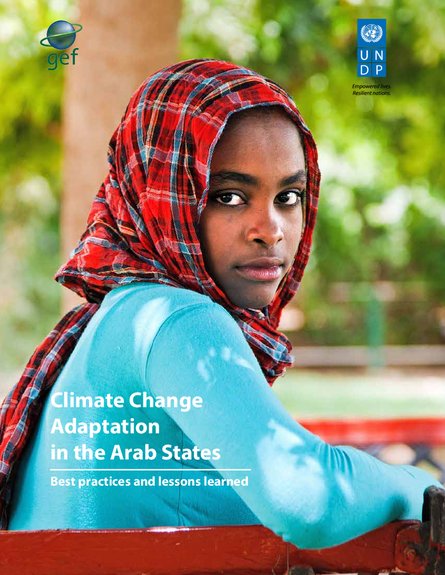
New UN Development Programme report highlights the challenges and opportunities of building climate resilience as the region works toward peaceful low-carbon climate-resilient development.
The region is home to rising levels of conflict and the world’s largest population of refugees and displaced people, according to the report. Simultaneously, it is now the planet’s most water-scarce and food-import-dependent region, and the only region where malnutrition rates have been rising.
The impacts of climate change are exacerbating the existing challenges of sustainably managing limited natural resources across the Arab Region. Climate change-related desertification has expanded, greatly increasing the vulnerability of the local population.
The region’s environment is highly vulnerable to rising temperatures, sea-level rise, and increased risks of floods and droughts, according to the report. Current climate change projections show that by the year 2025, the water supply in the Arab region will be only 15 percent of levels in 1960. With population growth around 3 percent annually and deforestation spiking to 4 percent annually to produce charcoal and fuel the Gum Arabic trade, the region now includes 14 of the world’s 20 most water-stressed countries.
In fragile countries such as Somalia, illegal armed groups such as Al-Shabaab have increasingly attracted young people who are affected by drought-induced food insecurity and who have limited job prospects, according to the report findings.